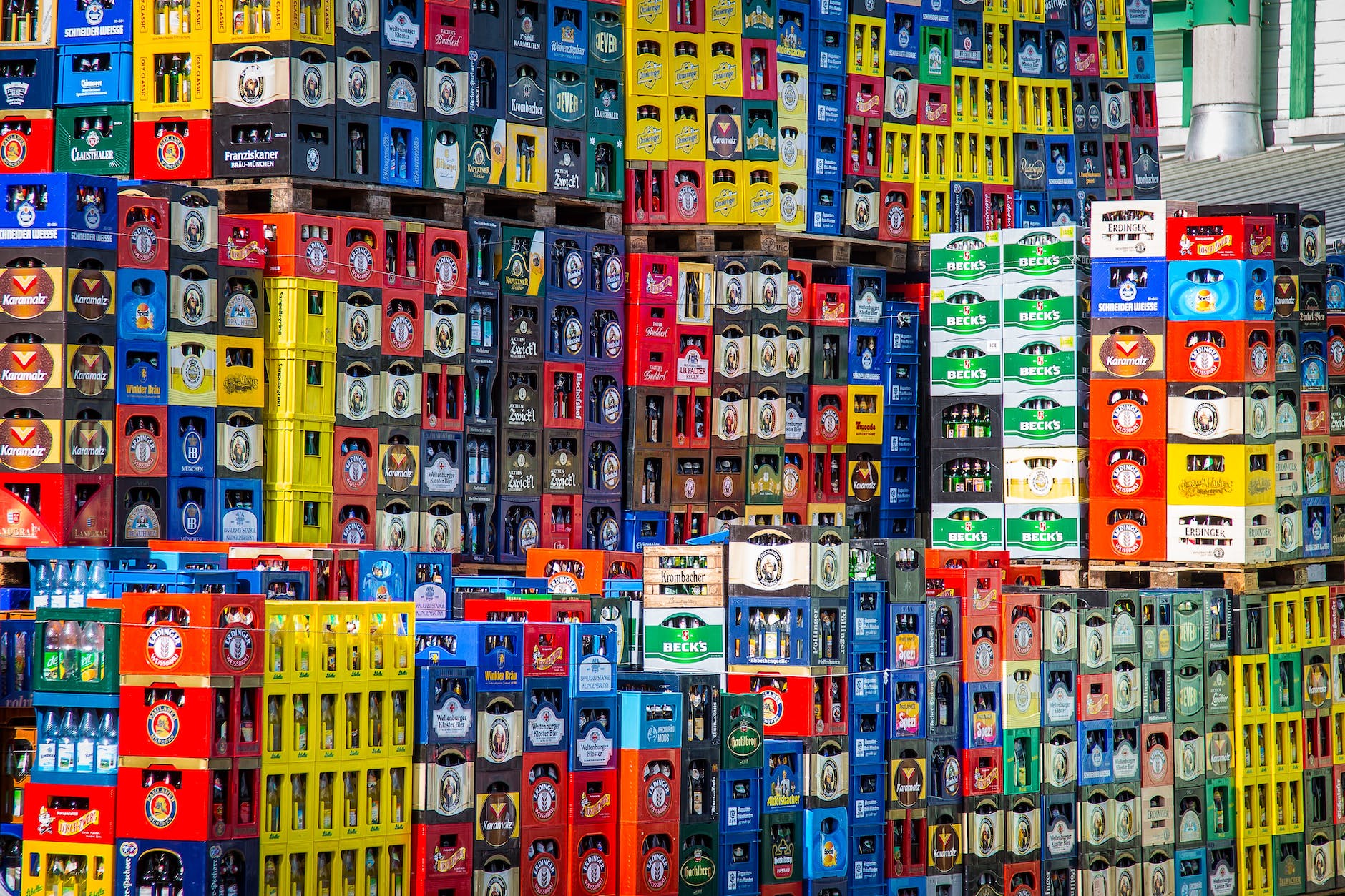The Hidden Side of Retail
As consumers, we are often drawn to the allure of retail therapy, browsing through the aisles of well-stocked stores, hoping to find the perfect item that meets our desires. However, behind the scenes, a puzzling practice persists – the destruction of merchandise. In this article, we will delve into the reasons behind this seemingly counterintuitive phenomenon, exploring the various factors that drive stores to discard perfectly usable products.
The Invisible Hand of Supply and Demand
1. Overstock and Inventory Management
One of the primary reasons stores opt to destroy merchandise is due to overstock and inventory management challenges. Retailers often forecast demand inaccurately, leading to an excess of unsold items. In such cases, it may be more cost-effective for businesses to discard surplus inventory rather than incur additional warehousing and holding costs.
2. Protecting Brand Image
Maintaining brand image is of paramount importance to retailers. Destroying merchandise that no longer aligns with the brand’s aesthetic or quality standards prevents the distribution of subpar products that could potentially tarnish the company’s reputation.
Legal and Safety Considerations
1. Product Recalls and Liability
In cases where products are subject to recalls or pose safety hazards, destroying the merchandise becomes a necessary step to ensure consumer safety and protect the company from potential legal liabilities.
2. Expiry Dates and Shelf Life
Certain products, especially those in the food and pharmaceutical industries, have limited shelf lives or expiry dates. Destroying expired products is essential to prevent consumers from purchasing items that may be unsafe or ineffective.
Economic and Financial Factors
1. Tax Benefits and Write-Offs
In some instances, businesses may find it financially advantageous to write off unsold or damaged inventory as a tax deduction. This practice can help offset losses and reduce taxable income for the fiscal year.
2. Preventing Resale and Discounts
Destroying merchandise can also be a strategic move to prevent products from entering secondary markets, where they may be sold at significantly reduced prices, thus impacting overall profit margins.
Environmental and Sustainability Concerns
1. Waste Management and Landfill Impact
The destruction of merchandise raises concerns about environmental sustainability, particularly the generation of waste that ends up in landfills. As consumers become increasingly eco-conscious, retailers are under pressure to adopt more sustainable practices.
2. Product Obsolescence
In fast-paced industries with ever-changing trends, certain products may quickly become obsolete. Destroying such items is an attempt to reduce the environmental footprint associated with producing and disposing of outdated merchandise.
Striking a Balance
While the practice of destroying merchandise may raise eyebrows, it is crucial to understand the multifaceted reasons that drive retailers to make such decisions. Balancing economic considerations, brand reputation, legal compliance, and environmental impact is a delicate task for businesses. As consumers, we can play a role in encouraging more sustainable practices by supporting brands that prioritize responsible inventory management and waste reduction.
As the retail landscape continues to evolve, the spotlight on merchandise destruction demands further scrutiny and ethical considerations. By fostering greater transparency and engaging in open dialogue, retailers can work towards finding alternative solutions that align with both financial and environmental sustainability. Together, we can strive for a future where the retail industry flourishes while minimizing its impact on our planet.



